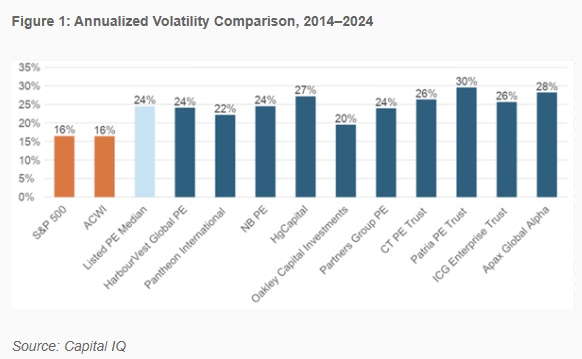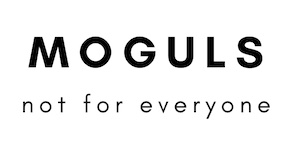But… what if the stuff cannot sell at 1 dollar?
What does that tell us about the valuation about the funds?
This is also an increasingly relevant question as U.S. congresswoman Elise Stefanik is now probing whether college endowments should be allowed to use NAVs rather than, say, recent secondary market transactions as the sole source of valuation for private assets.
Market observers attribute this change to rising interest rates shifting investor preferences toward more liquid assets, coupled with growing concerns over the perceived opacity in the underlying assets of portfolios. This shift in investor sentiment has led to greater scrutiny and caution around illiquid and opaque assets like PE funds. As a result, investors demand a higher liquidity premium, meaning a higher discount to NAV, to compensate for the elevated risk and reduced liquidity. This increased required return enhances the widening discount, pushing down the market prices of PE fund shares relative to their reported NAVs.



Post Comment